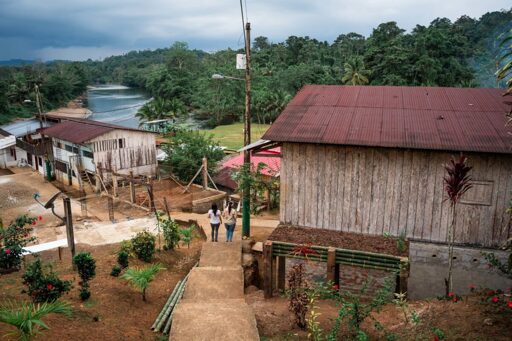A new study finds that Afro-descendant communities in four Amazonian countries are linked to lands with high biodiversity and 29-55% less deforestation compared with protected and unprotected areas. More than 130 million people in Latin America identify as Afro-descendant peoples (ADP), descendants of those forcibly brought to the Americas during the slave trade. “What we try to do here is shed light on [communities] that have been cultural and environmental stewards of their lands for hundreds of years,” Sushma Shrestha, lead author of the study and a social scientist at Conservation International’s Moore Center for Science, told Mongabay in a press conference. The study combined spatial analysis of forests, wildlife and ADP communities with historical land management data to examine the conservation impacts of ADP in Brazil, Ecuador, Colombia and Suriname. In these regions, ADP communities have recognized management rights to nearly 10 million hectares (24 million acres) of land. Although legally recognized ADP lands in the study area cover just 1% of the total region, researchers found they disproportionately support high levels of biodiversity compared with protected areas and unprotected control sites. More than half these lands fall within the top 5% of the most biodiverse regions globally, overlapping with habitat for more than 4,000 species of terrestrial vertebrates, 9% of which are listed as threatened on the IUCN Red List, the researchers note. These lands also contain significantly higher rates of irrecoverable carbon — carbon that if released by land use change will take decades to recover. More…This article was originally published on Mongabay
From Conservation news via this RSS feed


